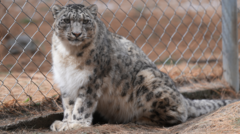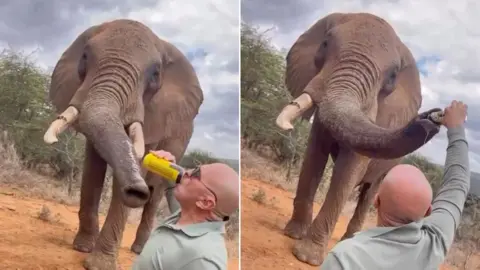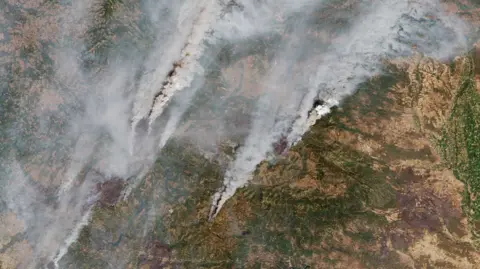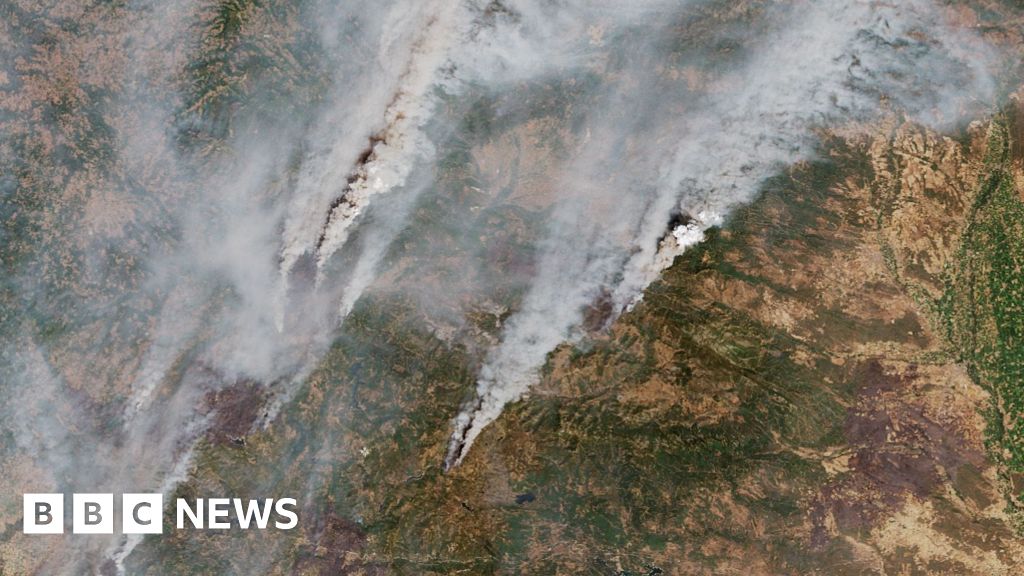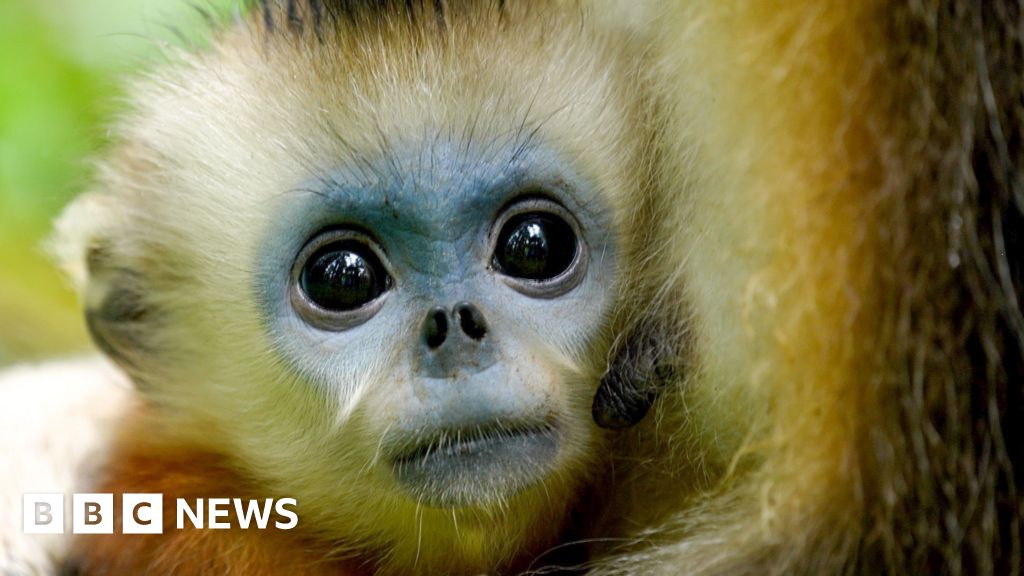In the rugged mountains of Gilgit-Baltistan, Pakistan, conservationists are deploying a cutting-edge solution to tackle the threats against one of the planet's most elusive cats: the snow leopard. With a current global population estimated between 4,000 and 6,000, these magnificent creatures are at significant risk, facing increasing dangers from human activities and climate change.
Among these magnificent cats is "Lovely," a snow leopard raised in captivity after being orphaned twelve years ago. Her caretaker, Tehzeeb Hussain, describes her inability to hunt; if released, she could inadvertently prey on livestock, leading to her death. While protective laws exist, the World Wide Fund for Nature (WWF) reports that as many as 450 snow leopards fall victim to human conflicts annually. The situation is exacerbated by the retaliatory killings that often stem from livestock losses.
Recognizing the urgent need to address this crisis, the WWF, in collaboration with Lahore University of Management Sciences (LUMS), has developed an innovative approach: AI-powered cameras designed to detect snow leopard activity and alert nearby villagers through text messages. Mounted in high-altitude habitats, the cameras are equipped with solar panels and lithium batteries to withstand harsh weather. This technology has the potential to protect both livestock and the vulnerable leopard population.
As conservationist Asif Iqbal oversees the deployment of ten of these cameras, he shares the challenges and successes experienced during the trial phase. After extensive training, the AI can distinguish between humans, various animals, and snow leopards, although it’s not without flaws; amusingly, Iqbal recalls an instance where he was misidentified as both a human and an animal due to his clothing.
While the technology has demonstrated impressive capabilities, the implementation of these AI cameras has faced hurdles within local communities. Initial skepticism arose among villagers regarding the project's benefits, leading to obstacles such as damaged wires and community resistance to the cameras due to privacy concerns. Despite these hurdles, awareness about the importance of snow leopards in maintaining ecological balance has grown among some village elders.
Particularly poignant is the story of Sitara, a local farmer who lost all her sheep to a snow leopard attack. She voices her skepticism about the effectiveness of text alerts, citing poor phone service in her area. Additionally, concerns persist among villagers over the threats posed by snow leopards and the competition for grazable land brought on by climate change, as warmer temperatures force farmers into higher altitudes.
While legal penalties have shown to deter poaching, many community members remain unconvinced of the snow leopards' ecological value. Some farmers cite their dwindling flock sizes due to predation as justification for continued animosity towards the species.
The WWF recognizes that the AI cameras alone cannot ensure the survival of snow leopards. To that end, they plan to introduce a multi-pronged approach that includes using smells, sounds, and lights aimed at deterring snow leopards from close proximity to human habitats, beginning in September.
As conservationists continue to seek effective solutions, the fate of the snow leopards remains uncertain, but with innovative technology and community engagement, there is hope that the ghosts of the mountains may endure.

